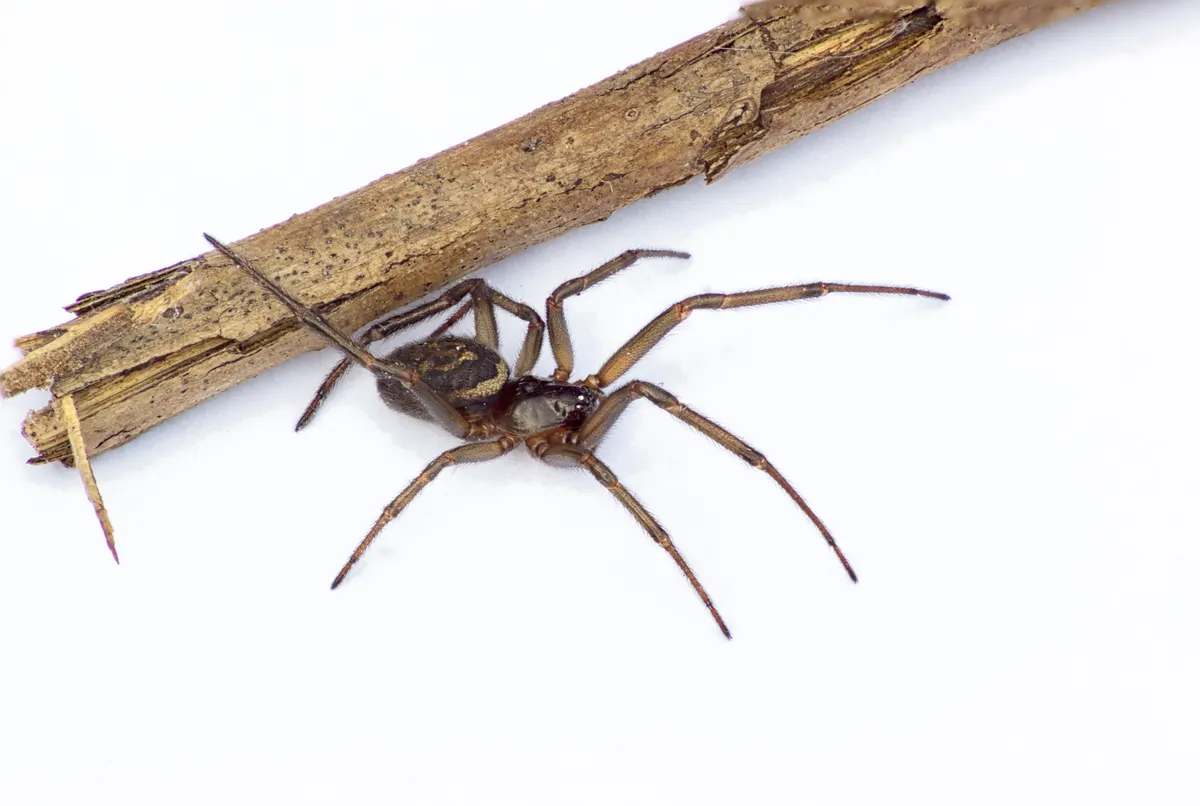In the autumn of 2018, the London borough of Newham found itself in the grip of an epidemic. Schools were closed, flats evacuated and buildings fumigated. On the face of it, it was an epidemic of spiders – venomous, invasive spiders from foreign shores. But one could alternatively see it as an epidemic of arachnophobia.
In the last few years, false widow spiders have been blamed for necrotic sores and bacterial infections.
The spider concerned is the noble false widow, a relation of the infamous black widow. First recorded in southern England in 1879, probably having arrived on boats from the Canaries, it has since lurked unobtrusively in cupboards, meter boxes and other dark corners, and quietly spread north to South Wales and Lincolnshire. Only in the last few years has it been making headlines, its bites being blamed for necrotic sores and bacterial infections.
“There’s always someone who can profit from creating a scare,” says Matt Shardlow, chief executive of Buglife. “‘Dangerous spiders’ sell papers.”

Spiders don’t even have to be dangerous to get bad press. In the 1980s, a harmless relation of British house spiders that had been exported to the American north-west generated similar headlines.
“The hobo spider was blamed for cases of necrosis in New York until it was realised that hobos hadn’t reached anywhere near New York,” Shardlow explains.
One difference is that the noble false widow, though not aggressive, can give us a nasty nip. “The claim that it’s the UK’s most venomous spider might be justified, because it does cause localised swellings and perhaps a bit of nausea,” says Shardlow. “But there’s no evidence that it causes necrosis, infections or allergic reactions.”
Meanwhile, in Newham’s schools, it may not be just the children’s education that suffers from what Shardlow calls “a knee-jerk risk assessment.” It’s worth remembering, he says, that pesticides have a long history of harming people.
“They’re spraying the school grounds, too, which isn’t even where the spiders are living. It’s crazy.”
Shardlow adds: “Arachnophobes are the other human victims of these scare stories. We’re getting calls from people who can’t leave the house.”